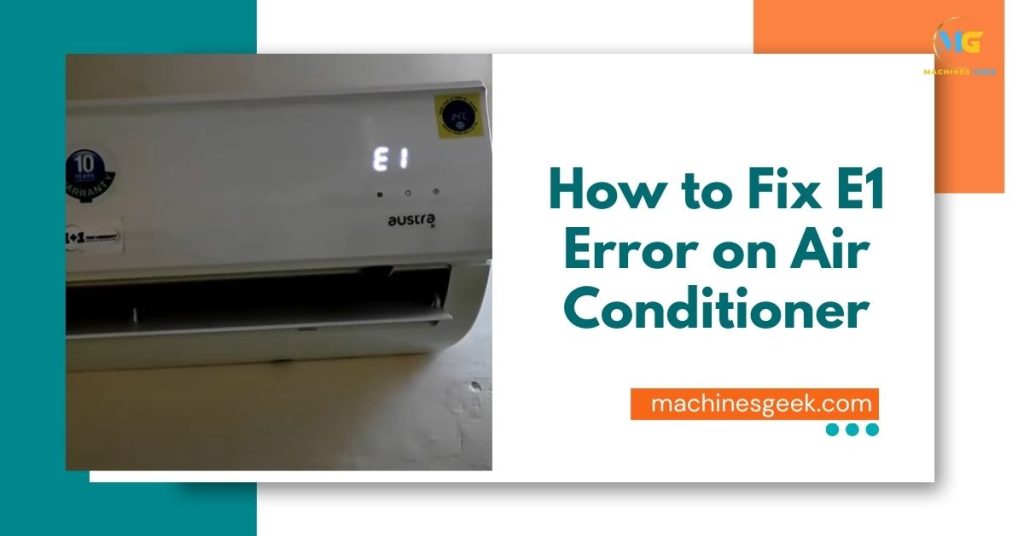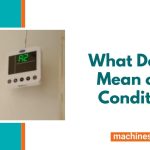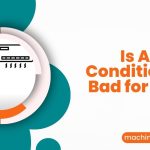How to Fix E1 Error on Air Conditioner? To fix E1 error on your air conditioner, you can try resetting the unit by unplugging it for a few minutes and then plugging it back in. If the error persists, consult the manufacturer’s manual or contact their customer support for assistance.
Air conditioners play a vital role in keeping our living spaces comfortable during hot summer days. However, encountering an error like the E1 error can be frustrating and disrupt the cooling efficiency of your appliance. Understanding how to resolve these issues quickly and effectively is essential for maintaining a well-functioning air conditioner.
We will provide you with a concise guide on fixing the E1 error on your air conditioner. By following these steps, you can potentially troubleshoot and resolve the issue without the need for professional assistance or costly repairs. Let’s dive in and learn how to tackle the E1 error with ease.
Common Error Codes In Air Conditioners
When experiencing issues with an air conditioner, it can be helpful to understand common error codes that may appear on the unit’s display. One such code is the E1 error. The E1 error code indicates a fault with the air conditioner’s temperature sensor, which is responsible for monitoring and regulating the temperature within the unit. This error can occur due to a variety of reasons, such as a malfunctioning sensor or a problem with the wiring.
To fix the E1 error, start by turning off the air conditioner and unplugging it from the power source. Check the temperature sensor for any visible signs of damage or loose connections. If everything looks intact, you can try resetting the unit by pressing the reset button, if available. Alternatively, you can try performing a power cycle by leaving the air conditioner unplugged for a few minutes before plugging it back in and turning it on.
If the issue persists, it is recommended to contact a professional technician to diagnose and repair the air conditioner. They will have the expertise to troubleshoot the problem and replace any faulty components if necessary. Regular maintenance and cleaning of the air conditioner can also help prevent error codes from occurring in the first place.
Causes Of The E1 Error Code
When facing the E1 error code on your air conditioner, it is important to understand the potential causes behind it. These causes include:
A common reason for the E1 error code is an insufficient power supply. This could be due to a power outage or an issue with the electrical connection. Ensure the AC unit is properly plugged in and that there are no power disruptions.
Another potential cause is a malfunctioning sensor. The sensor within the air conditioner may be faulty, leading to incorrect readings and triggering the E1 error code. It is recommended to check the sensor for any damage or misalignment.
The E1 error code can also occur due to a communication error between different components of the air conditioner. This can be caused by issues with the wiring or connections. Checking the wiring and ensuring all connections are secure and intact may help resolve this error.
Troubleshooting The E1 Error Code
When troubleshooting the E1 error code on your air conditioner, it is important to check the power supply. Start by ensuring that the power source is connected properly and that there are no issues with the circuit breaker. Additionally, verify the voltage level to ensure it is within the recommended range.
Next, focus on sensor troubleshooting. Clean or replace the filters if they are dirty or clogged. Inspect and clean the temperature sensor, ensuring it is free from any debris. Also, check the placement of the sensor to make sure it is positioned correctly.
Finally, address any communication issues. Reset the air conditioner to see if that resolves the error. Check for loose connections and tighten them if necessary. Additionally, make sure you are using the remote control correctly, as improper usage can sometimes cause error codes.
By following these troubleshooting steps, you can fix the E1 error on your air conditioner and ensure it is working efficiently.
Advanced Solutions To Fix The E1 Error Code
Power Supply Solutions
- Use a stabilizer or UPS for consistent power
- Consult an electrician for wiring issues
Sensor Solutions
- Replace faulty temperature sensor
- Calibrate temperature settings
Communication Solutions
- Reset the remote control
- Use a universal remote
- Seek professional assistance
Are E1 and E8 Errors on Air Conditioners Related and Can They Be Fixed in the Same Way?
When dealing with a GE air conditioner error code e8, it’s important to troubleshoot the specific issue causing the E8 error. This error usually indicates a problem with the indoor fan motor or wiring. It’s best to consult a professional to diagnose and fix the problem, as E1 and E8 errors can have different causes.
Frequently Asked Questions
How To Fix The E1 Error On An Air Conditioner?
To fix the E1 error on your air conditioner, first, check if the air filter is clean and free of debris. If not, clean or replace it. Then, reset the unit by turning it off and unplugging it for a few minutes.
Finally, restart the air conditioner and see if the error persists. If it does, consult the user manual or contact a professional technician for further assistance.
Why Is My Air Conditioner Displaying The E1 Error?
The E1 error on your air conditioner typically indicates a malfunction in the temperature sensor or thermistor. This sensor is responsible for detecting the temperature inside the unit and controlling its cooling process. When it malfunctions, the air conditioner may display the E1 error as a warning.
It is recommended to check the sensor for any damage or loose connections. If necessary, replace the sensor with a new one to resolve the issue.
Can I Fix The E1 Error On My Air Conditioner Myself?
While some E1 errors can be resolved with simple troubleshooting steps like cleaning the air filter and resetting the unit, certain underlying issues may require professional expertise. If the basic troubleshooting steps don’t fix the E1 error or if you are unsure about handling complex repairs, it’s best to consult a trained technician.
Attempting to fix the error without proper knowledge or experience may potentially damage the air conditioner or pose safety risks.
Conclusion
To sum up, troubleshooting an E1 error on your air conditioner can be a simple process if you follow the steps outlined in this blog post. Remember to start by checking the power supply and cleaning the filters. If the issue persists, it may be necessary to contact a professional technician for further assistance.
By addressing the E1 error promptly, you can ensure optimal performance and enjoy cool and comfortable indoor temperatures.








